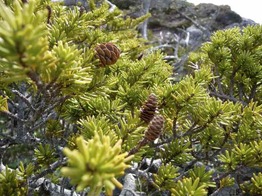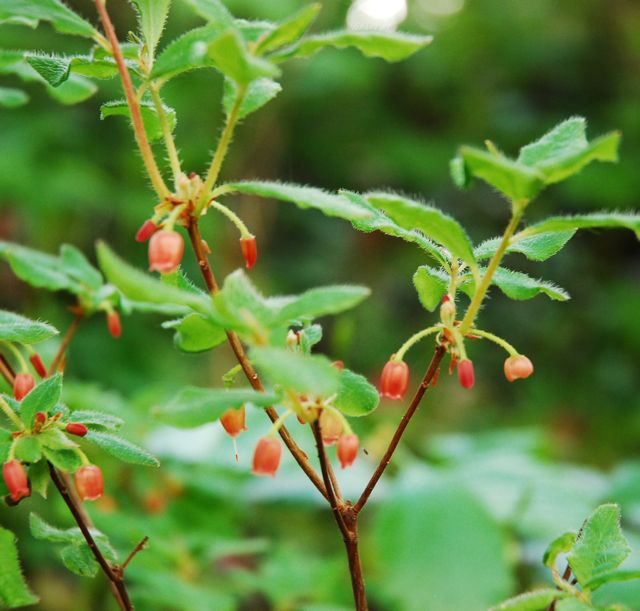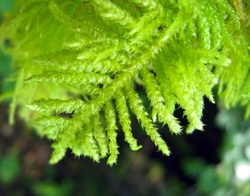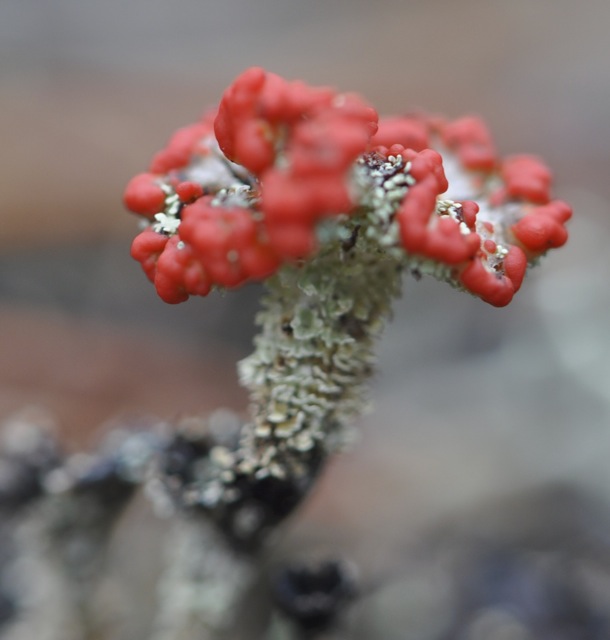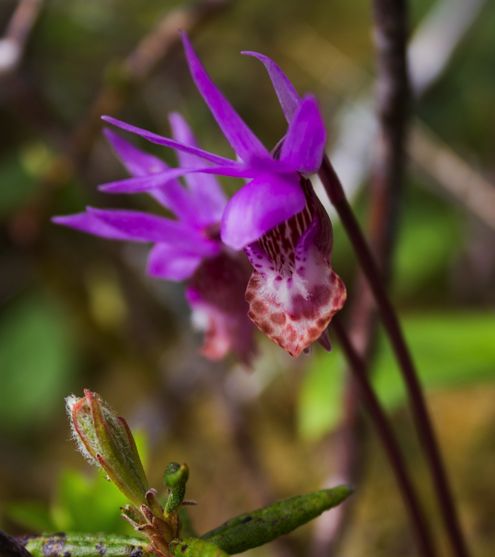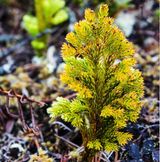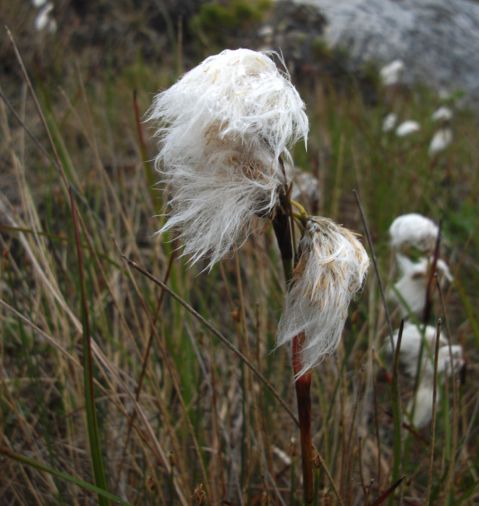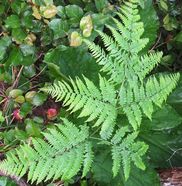Plants
We divide plants into three major categories:* woody vascular plants, non-woody vascular plants, and non-vascular plants. These divisions refer to the plants' nutrient delivery systems and structural tissues. Vascular plants have well-developed systems of internal tubes which conduct food and water, while non-vascular plants have poorly developed tubes or none at all, and so rely more on immediate environmental conditions to obtain nutrients and water. Trees and shrubs are vascular plants with woody structural tissue in their stems and roots, making them hardier. The non-woody vascular plants include wildflowers; grasses, sedges, and rushes; ferns, horsetails, and clubmosses, as well as a handful of 'oddball' plants that are less easily categorized. The non-vascular plants are bryophytes — mosses and liverworts — and lichens. Fungi, slime moulds, and seaweeds (macroalgae) are also non-vascular plants, but are treated in separate sections of this website as they are often more easily distinguished.
*Note: these categories and their subsequent sub-categories are not necessarily taxonomic groupings. For this website we aim to categorize plants by recognizable features moreso than by relatedness. For example, the Rosaceae (rose family) includes both Pacific crabapple (a tree or shrub) and villous cinquefoil (a wildflower). Vascular versus non-vascular are based in taxonomy, as is the grouping of ferns, horsetails, and clubmosses; 'wildflower,' 'tree,' and 'shrub' however are not.
